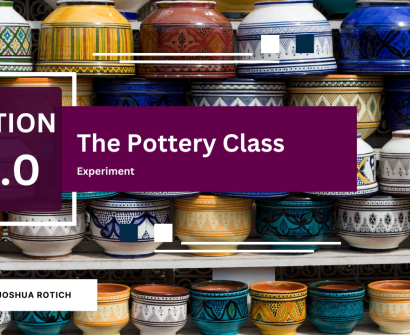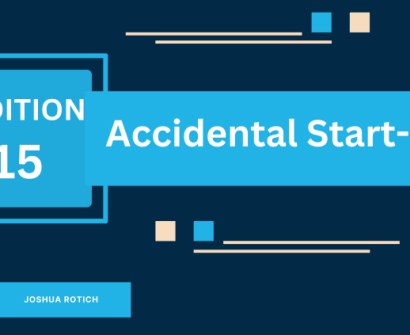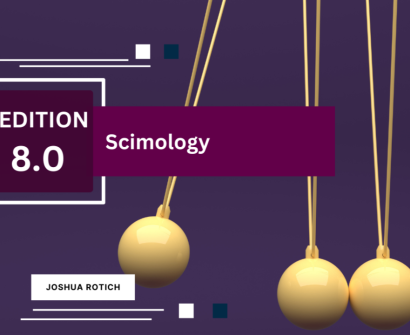
Creative blocks are periods where reduced creative thinking and productivity occur. Such blocks can happen at any stage of a project. Creative block is a common problem for designers of all levels. It can be frustrating to feel stuck in a creative rut, but there are a few things that I do as a designer to overcome it.
1. Take a break.
Sometimes the best way to get unstuck is to step away from your work for a while. Go for a walk, read a book, or listen to some music. When you come back to your project, you may have a fresh perspective.
2. Talk to someone.
Bouncing ideas off of someone else can help you to see your project in a new light. Talk to a friend, family member, or colleague about what you’re working on. They may be able to offer some helpful suggestions.
3. Try something new.
If you’re feeling stuck in a rut, try a new approach to your project. Experiment with different techniques or tools. You may be surprised at what you come up with.
4. Look for inspiration.
Inspiration can come from anywhere. Take some time to browse through design blogs, magazines, or websites. You may find something that sparks your creativity. Personally I like to explore different projects on Behance, Dribble, Pinterest and even LinkedIn from fellow designers.
5. Don’t be afraid to make mistakes.
It’s okay to make mistakes. In fact, mistakes can be a valuable learning experience. Don’t be afraid to experiment and try new things.
6. Just start.
Sometimes the hardest part of a project is getting started. Once you start working, it’s easier to keep going. So just take the first step and see where it leads you.
Creative Process for Finding Inspiration
In addition to the tips above, here are a few creative processes that you can use to find inspiration:
1. Brainstorming: Brainstorming is a great way to generate ideas. Write down as many ideas as you can, no matter how crazy they seem.
2. Mind mapping: Mind mapping is a visual way to brainstorm. Start with a central idea and then branch out into related ideas.
3. Freewriting: Freewriting is a way to write without stopping. This can help you to get your ideas flowing.
4. Sketching: Sketching is a great way to visualize your ideas. Even if you’re not a good artist, sketching can be helpful.
5. Mood boarding: Mood boarding is a way to collect images and other materials that represent the mood or feeling you want to create with your design.








Anika Scott
naturally like your web site however you need to take a look at the spelling on several of your posts. A number of them are rife with spelling problems and I find it very bothersome to tell the truth on the other hand I will surely come again again.
snapaisle
well noted, will will take a look and rectify, Thank you